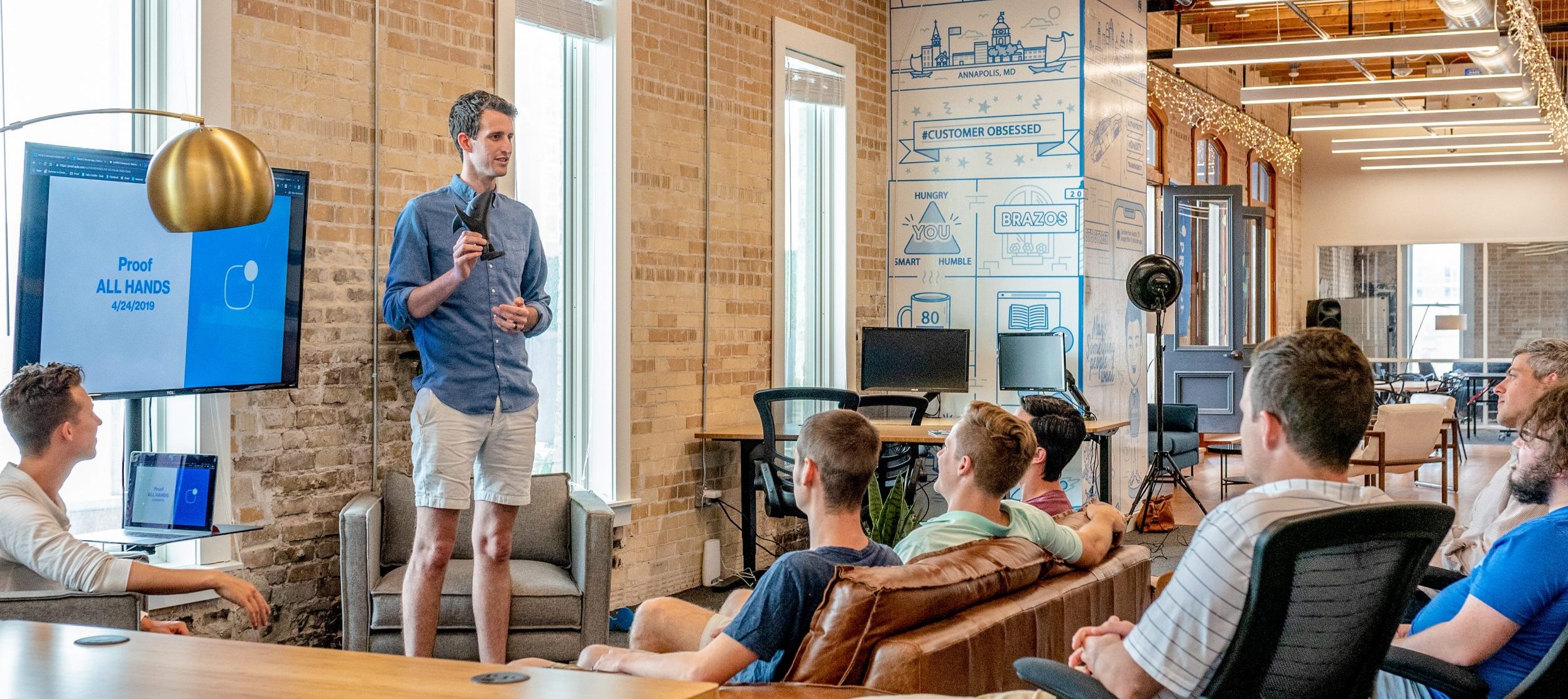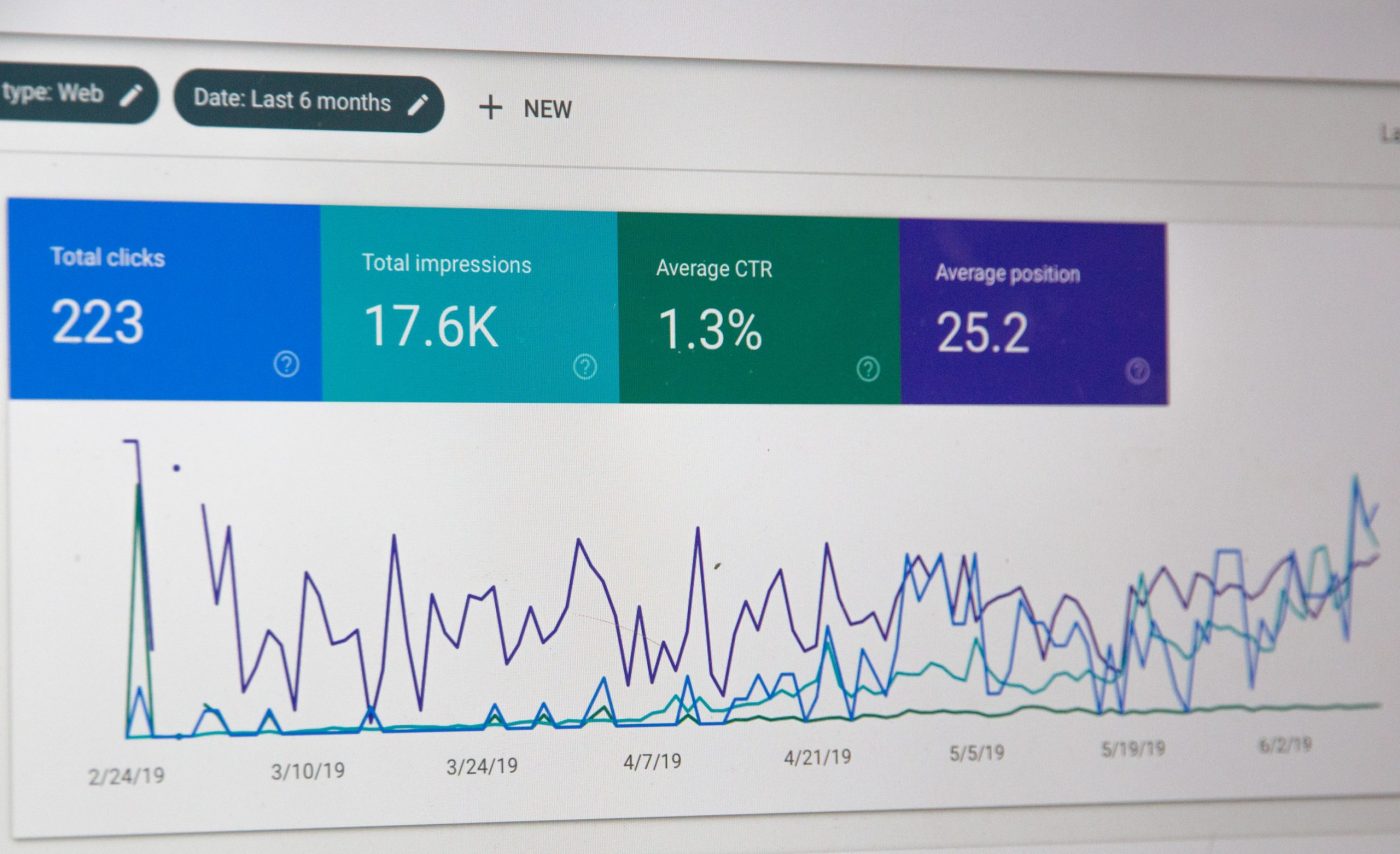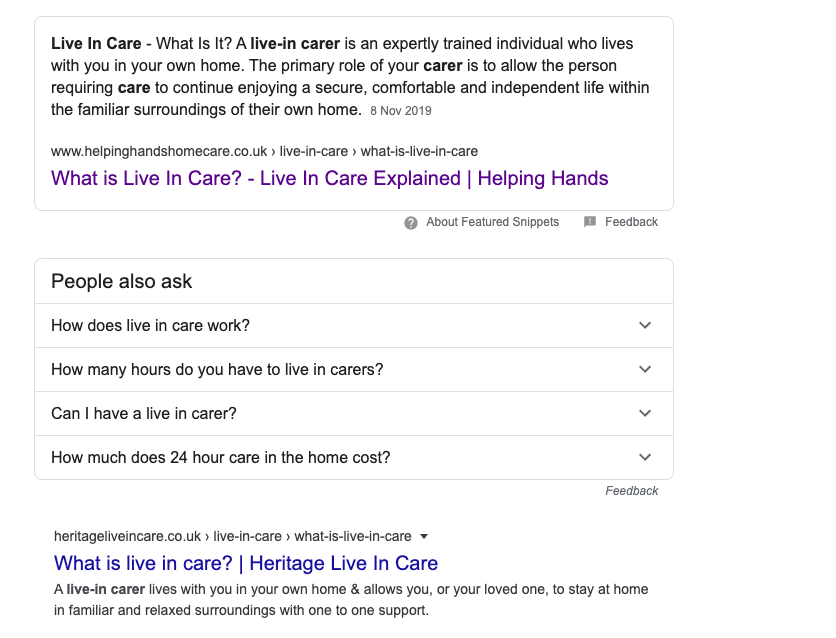Developing a rock-solid content marketing strategy is essential when it comes to marketing your business online. It helps you to focus on the unique needs of your customers, allows you to connect with them more effectively and get the results that you are looking for.
Without it, there’s simply no way you can be sure of success.
Even if your content is smoking hot and provides a ton of value to your target audience, there’ll be no way of knowing if you’ve invested your time and money wisely. It’s akin to playing roulette with the future of your business.
However, we understand that it’s easy to get overwhelmed by the mere thought of building a content marketing strategy. That’s why we’ve decided to put together this short guide for you. You’ll learn how to get the fundamentals of building a content marketing strategy so you can reap the rewards.
Here’s what’s we’ll cover:
Step 1: Outline your goals
Step 2: Decide how you will measure your performance
Step 3: Create buyer personas
Step 4: Assess your current position
Step 5: Decide on your content channels & content types
Step 6: Identify and allocate resources
Step 7: Create a content calendar
Let’s look at each of these in more detail.
Step 1: Outline your goals
Start by deciding what is most important to your business and developing a set of content marketing goals.
Do this and you’ll develop a laser-like focus on what matters most to your business and increase the chances of achieving what you set out to do. You won’t waste time. You won’t waste money. But you will get results.
Your goals depend entirely on the unique needs of your business and where you currently are in terms of growth. Startups, for example, will often develop a vastly different set of goals to an established business with a great reputation.
That’s why it’s so important to consider what matters to you at this point in time. Do you want to increase revenue? Drive more business to your website? Boost engagement? Build authority in your field?
Whilst doing this, it’s a good idea to consult your team for suggestions on how you can grow your business. They usually have insight into specific areas of your business that you might not.
Once you have put together a few ideas, also consider how these could potentially benefit your clients and your business.
Step 2: Decide how you will measure your performance
The only way to understand whether you are achieving your goals is to develop a series of KPIs (key performance indicators) that will tell you whether all that hard work is paying off. These usually include measuring things like:
- Mentions, shares, likes and comments
- Time on page
- website/ webpage traffic
- Newsletter sign ups
- Lead magnet signups
- Revenue targets
By tracking this data, you will also be able to better develop your content marketing strategy and display the right information if you need to develop regular reports.
Step 3: Create buyer personas
You’d never try to teach a 10-year-old kid about the water cycle by using the kind of language or even content you’d find in a university lecture hall for adults, would you?
The same goes for when you create your content.
You need to understand exactly who you’re talking to and what they need so you can create your content with them in mind and become more strategic. It also vastly improves your chances of getting results.
This idea is echoed by content marketing experts The Content Marketing Institute who say;
“In light of what your customers likely look for in the content they choose to consume — not to mention Google’s ever-changing algorithms that aim to keep online content relevant and of a high quality — you can’t go wrong if you follow this golden rule: Write compelling content about the things your target audience would be most interested in.”
In content marketing, you do this by creating something called a buyer persona or customer avatar.
By gathering data on a range of factors such as key demographics (age, gender, education, income, etc) and factors such as interests, problems, preferred social media channels and so on, you’ll be able to better understand your customer and create content for them. You can find this kind of information from any analytics your business currently uses. Customer feedback, reviews and surveys also play a big part in the process.
Step 4: Assess your current position
By now you’ve figured out your goals, key metrics you want to track and who your customers are. Your next step is figuring out where you’re starting from.
Conduct a content audit, looking at what you already have including blog posts, guest posts, videos, and so on. Then consider how effective this content is by asking yourself:
- Do you have any gaps?
- How does your content compare with your competitors’?
- What would you like to improve? Backlinks? Internal links? Keyword ranking? Shares?
- Could you reuse or improve your current content?
This will enable you to better understand what improvements need to be made and help you identify your strategy moving forward.
Step 5: Decide on your content channels & content types
By doing this research, you should now understand who your audience is and what their needs are better. This will help you develop your content marketing strategy further and decide what type of content you should create and where.
Technology is continually developing, so trends are likely to come and go. However, blogging should remain a core part of your content marketing strategy, provided that you’re always creating highly actionable, high-quality and very useful content.
It’s also worth considering video marketing and live streaming as these look set to grow over the coming months and years.
Step 6: Identify and allocate resources
There’s no point creating a rockstar content marketing strategy if you don’t end up delivering the goods. That’s why you should make sure you plan the delivery phase as much as building your content marketing blueprint.
Yes, it might be dull, we know. But it’s the only way you can ensure you achieve those content marketing goals and continue to grow your business. Consider the following:
- Who will be in charge of producing and maintaining the content?
- What tools and resources will you need?
- What will the workflow look like?
- Are there any tools that you could use to simplify and streamline your workflow?
Step 7: Create a content calendar
The final step in building a content marketing strategy is planning the content itself. But beware- it’s not enough just to throw a few content ideas onto a spreadsheet and be done with it all. You need to be strategic.
Decide first how often you want to publish this new content and what channels you will be using to market this content. Once you’ve done this, you can plan exactly what to plan and when.
Many businesses are tempted to skip this step and end up struggling when they realise that they have just a day or two to come up with an idea and to create it. Don’t let this happen to you!
First gather your content ideas by brainstorming, looking at customer feedback, reviewing your FAQs, looking at keyword search terms and asking your colleagues. Then you can slot them into your content calendar and stay ahead, reduce your stress and be more likely to crush those content marketing goals.
Building a content marketing strategy can be complex and time-consuming. But any investment you make at this stage pays off significantly in the long term. Work through these steps and you will create a robust content marketing strategy that gets you results.
If you’d prefer to hire an expert, reach out to our team here at Fibre Marketing. We’d love to help.















